There are many thoughts one has when hearing the word Munich. And the surrounding Bavarian landscapes mingling with the traditions is certainly one of them. But, within this arena, we find ourselves immersed in the art world. On one hand, there is centuries-old weight: Baroque frescoes, Jugendstil masterpieces, and academic traditions. On the other hand, there is relentless experimentation. We are referring to digital installations, socially engaged practice, and multimedia hybrids. This is the unique landscape of contemporary art in Bavaria, where tradition and technology collide to create something new, offering viewers experiences that are both rooted in history and strikingly modern.
The Roots of Contemporary Art in Bavaria
Let us start by stating that Bavaria’s art history is undeniably rich. The fusion of the Baroque work of the Asam brothers, Jugendstil flourishes, and the Munich Secession laid a deep foundation for creative exploration.
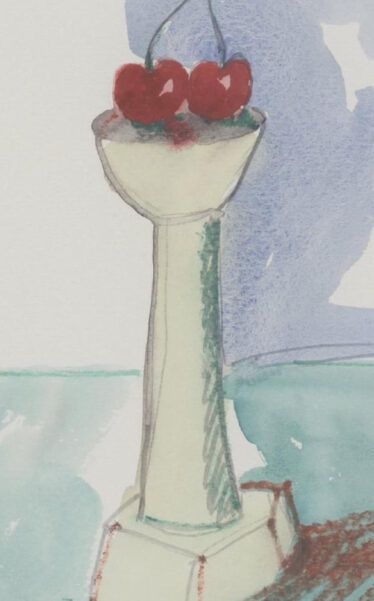
These roots are not frozen relics—they continue to inspire, informing how artists today push boundaries.
Institutions such as the Lenbachhaus, the Pinakothek der Moderne, and the Museum Brandhorst carry forward not only old masters but also experimental projects, new media, and digital art, creating a bridge between heritage and innovation.
Lenbachhaus is one of Munich’s most beloved museums. It is housed in the former villa of painter Franz von Lenbach (German painter known primarily for his portraits of prominent personalities). This museum is renowned worldwide for its extensive collection of works by the Blue Rider (Der Blaue Reiter) group, including Wassily Kandinsky, Franz Marc, Gabriele Münter, and Paul Klee.
These artists used color and form to express emotion and transcendence. Today, Lenbachhaus not only preserves this revolutionary heritage but actively engages with contemporary practices, curating exhibitions that link the breakthroughs of the Blue Rider with modern explorations of color, identity, and perception.
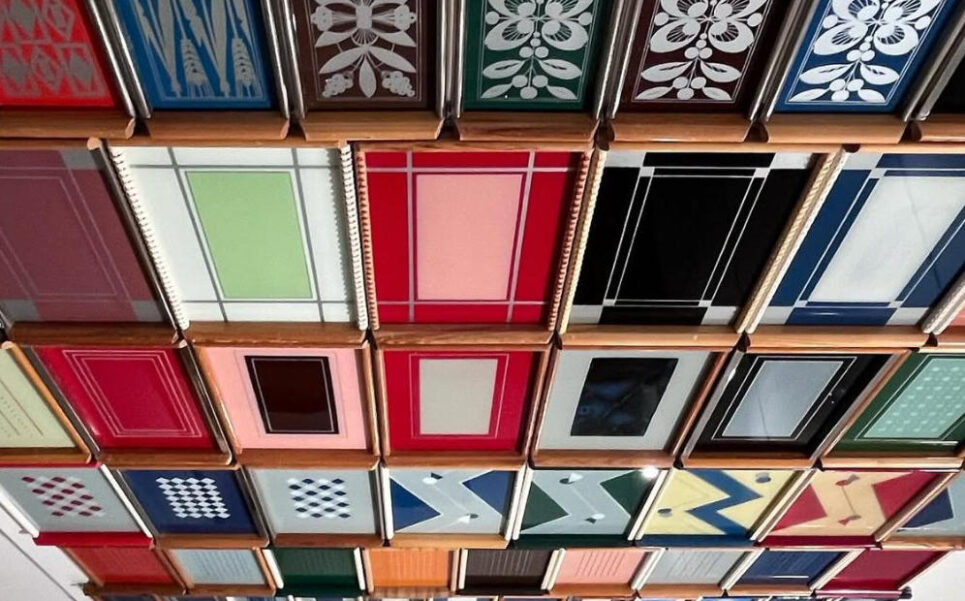
The Pinakothek der Moderne is one of Europe’s largest institutions for modern and contemporary art. It is home to four major collections under one roof: art, design, architecture, and works on paper. It encourages visitors to explore connections across media.
A Picasso painting may hang near a design object, while conceptual works stand beside architectural models. For Bavaria, this museum embodies both internationalism and experimentation while reflecting cultural roots, anchoring Munich as a global hub for contemporary art in Bavaria.
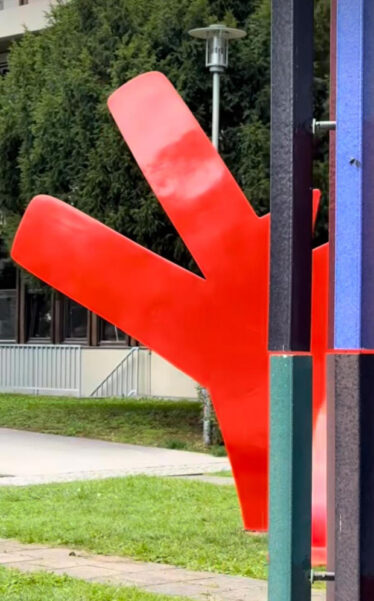
The Museum Brandhorst opened in 2009. It is a strikingly modern building with a colorful façade of ceramic rods, designed by Sauerbruch Hutton.
Its collection emphasizes post-war and contemporary art, including iconic works by Andy Warhol and Cy Twombly, as well as acquisitions of contemporary German and international artists. Brandhorst represents the forward-looking face of Munich’s art scene, ensuring that contemporary art in Bavaria is always in dialogue with global currents.
This dialogue between heritage and modernity defines contemporary art in Bavaria.
Historical continuity, relevance to the present, reinforcement of regional identity, and creative tension between old and new together create a fertile ground for local artists. Bavaria’s art scene doesn’t reject its past; instead, it continually reframes heritage through modern eyes, making art both a mirror of memory and a laboratory of future possibility.
Digital + Physical Intersections
In today’s Munich, one of the most exciting shifts in contemporary art in Bavaria is unfolding at the crossroads of the digital and the physical. Indeed, the boundaries between traditional media and technological innovation are dissolving, giving rise to new forms of expression that are both immersive and participatory.
The fact is that artists do not need to choose between paintbrushes and pixels. Instead, they merge both, creating installations and experiences that invite us not simply to observe, but to step inside the work itself.
Consequently, this magnificent blend reflects the rhythm of our own lives—simultaneously grounded in the tangible and increasingly shaped by technology.
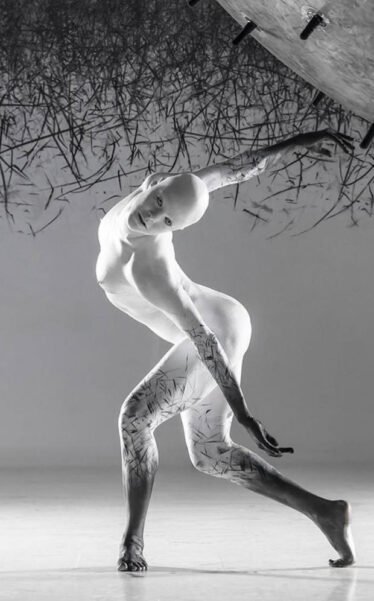
For instance, Heinz Hermann Maria Hoppe uses projections and animations to probe complex questions of identity, the influence of social media, and the persistence of collective memory.
In contrast, the amazing Karina Smigla-Bobinski constructs interactive installations where humans and machines collaborate in unexpected and often playful ways. Together, these artists demonstrate how contemporary art can illuminate the invisible structures that govern our social and technological existence.
Moreover, institutions such as Lothringer 13 Halle play a key role in sustaining this hybrid experimentation. By doing so, they provide platforms for projects that critically examine politics, technology, and perception, ensuring that innovation remains anchored in cultural and social reflection.
Even beyond institutional spaces, the city’s art fairs reflect this ongoing evolution. For example, ARTMUC—Munich’s largest independent fair—now features NFTs and AI alongside painting and sculpture. At the same time, smaller experimental venues push the conversation further, offering room for risk-taking and bold artistic gestures. Altogether, these efforts show that contemporary art in Bavaria thrives most vibrantly when boundaries dissolve and when curiosity outweighs convention.
By weaving together digital and physical realms, these works shift us from passive spectators into active participants. Thus, they speak to our technological present while simultaneously keeping us rooted in a tactile, human-centered past.
And yet, the story of Bavarian art is not only being written within major institutions or high-tech fairs. Rather, it also pulses through smaller, more intimate spaces where communities shape, nurture, and share creativity on their own terms. In this way, local contexts and emerging voices take center stage, reminding us that art’s vitality is found as much in grassroots initiatives as in large-scale showcases.
Local Contexts and Emerging Voices
When people think of Munich’s art scene, their minds often go first to the big names—the grand museums with their world-class collections. Yet, the heartbeat of contemporary art in Bavaria usually beats strongest in unexpected places: small galleries, alternative spaces, and artist-run initiatives. Even if these settings may be less formal than major institutions, they are where experimentation thrives, ideas collide, and communities come together around creativity.
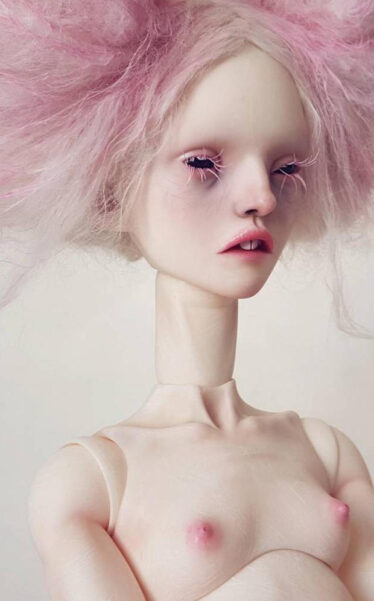
To begin with, consider BNKR. Once a World War II bunker, it has been transformed into a striking exhibition space that bridges architecture, history, and spatial experimentation.
In particular, its raw concrete walls carry the weight of memory, adding a visceral intensity to installations that explore themes of trauma, transformation, and resilience. As a result, visitors are not just looking at art—they are immersed in a conversation between the past and the present, where architecture itself becomes part of the narrative.
Meanwhile, størpunkt in Schwabing offers a more intimate and personal encounter with contemporary art.
Unlike BNKR’s monumental presence, this smaller venue highlights painting, performance, and conceptual practices, creating an atmosphere that encourages curiosity and dialogue.
Here, young and mid-career artists can share their work directly with audiences, sparking real conversations rather than fostering distant, detached observation. In doing so, størpunkt becomes a bridge between emerging talent and the community, cultivating a sense of accessibility and openness in the art scene.
In contrast, WERK3, located in the lively district of Werksviertel-Mitte, thrives on scale and diversity. This former industrial building has evolved into a cultural hub where galleries, performance spaces, and creative agencies coexist under one roof.
Consequently, it embodies Munich’s ongoing shift toward cross-disciplinary practices, where art intersects with design, music, and even urban development. Moreover, WERK3 reflects the city’s broader transformation, turning once purely functional industrial zones into vibrant cultural ecosystems.
Taken together, these spaces reveal that contemporary art in Bavaria extends far beyond static exhibitions or objects on display. Rather, it thrives through dialogue, participation, and the constantly evolving relationship between creators, audiences, and the urban fabric itself.
Ultimately, they remind us that art does not live only within polished museum walls. Instead, it finds new life in reimagined everyday spaces—whether in a bunker, a small gallery, or an industrial warehouse—demonstrating that creativity can transform not just canvases but entire cities.
Color, Emotion, and Alpine Influence
A well-renowned fact is that the breathtaking Bavarian landscapes have long inspired artists. In contemporary practice, these natural elements are reinterpreted, providing both aesthetic and emotional frameworks for works in Munich and beyond.
Artists often combine natural pigments and traditional techniques like fresco, woodcut, or ceramics with neon installations, LED lighting, and digital projections.
This juxtaposition of earthy tones and pixelated glow creates a visual tension that reflects the complexity of the region.
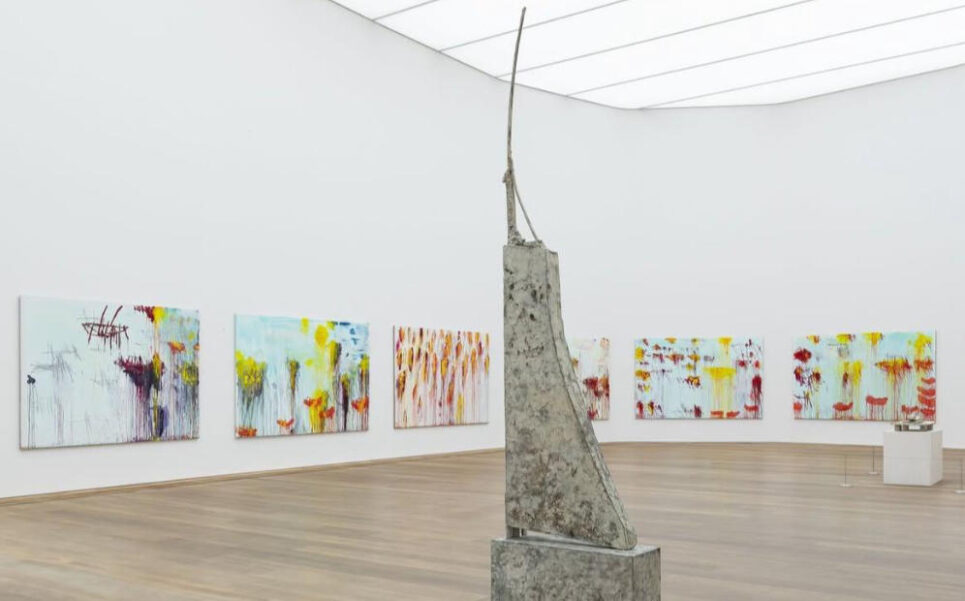
Themes of ecological anxiety, nostalgia, and identity emerge from these contrasts, producing works that resonate both locally and globally.
By drawing on the natural world while embracing digital innovation, Bavarian artists craft works that are visually stunning and emotionally rich, illustrating the profound connection between place, perception, and creativity.
Five Bavarian Artists to Watch
The contemporary art scene in Bavaria is as diverse as it is innovative. To begin with, understanding its current vitality means looking closely at a handful of artists who embody the region’s creative energy.
Together, these five voices showcase the range, experimentation, and emotional depth that make contemporary art in Bavaria such a compelling field.
First, Karina Smigla-Bobinski transforms spectators into participants. Her kinetic and interactive installations, such as ADA, invite viewers to co-create drawings through the movement of a machine. In doing so, she reminds us that art can be alive, responsive, and collaborative.
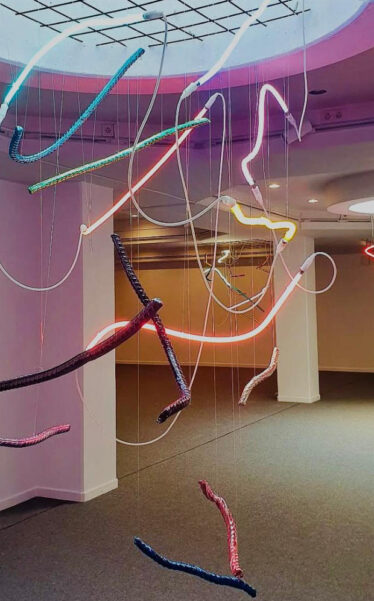
Next, Heinz Hermann Maria Hoppe uses digital projections to explore social identity, data flows, and collective memory. His work demonstrates that contemporary artists can make the invisible visible, thereby turning abstract concepts into tangible, sensory experiences.
In contrast, Vera Lossau transforms everyday objects into surreal, poetic compositions. Observing her work teaches viewers to see the familiar in unexpected ways, ultimately nurturing curiosity and imagination.
Meanwhile, Florian Meisenberg blends painting, projections, and interactivity, destabilizing conventional boundaries between canvas and viewer. His practice illustrates how creativity often thrives in overlaps—where disciplines, media, and experiences intersect.
Finally, Nadja Schöllhorn focuses on memory, intimacy, and fleeting gestures. Her subtle yet powerful installations encourage viewers to slow down, observe, and connect with nuance.
For newcomers or casual visitors, engaging with these artists highlights that contemporary art is not about “getting it right” but about experience, reflection, and dialogue. By paying attention to context, materials, and spatial design—and by allowing ambiguity and curiosity to guide the experience—viewers can discover new ways of seeing.
In the end, these five artists exemplify how contemporary art in Bavaria thrives at the intersection of tradition, technology, and emotion, offering inspiration and insight to anyone willing to engage with it.
Looking Forward
As we look to the future, it becomes increasingly evident that Bavaria’s art scene will continue to expand in bold and adventurous directions. On the one hand, hybrid works will flourish, bringing together paint, pixels, and performance to blur the lines between analog and digital creativity. On the other hand, ecological themes will gain strength, shaped by the urgency of climate change and the growing demand for artists to engage with issues of sustainability, community, and environmental justice.
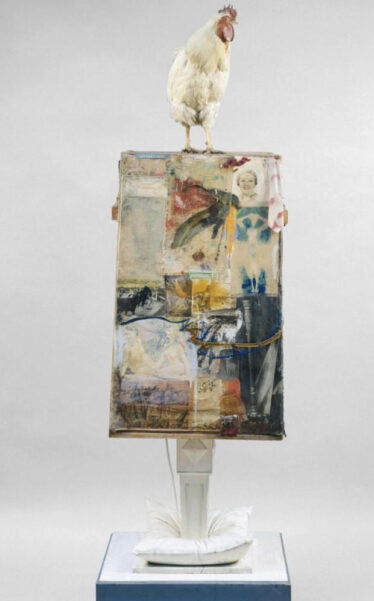
Moreover, traditional Bavarian crafts will undoubtedly continue to evolve. Rather, they will be reinterpreted through the lens of modern tools such as digital fabrication, augmented reality, and sustainable materials.
In this way, heritage practices will find new audiences while preserving their cultural roots.
At the same time, small galleries and independent collectives will continue to act as incubators for experimental voices. Meanwhile, digital platforms will widen access, allowing artists to reach global audiences with a single upload. In parallel, major institutions will sustain their dialogue with history, ensuring that contemporary innovation resonates with the weight of tradition.
Ultimately, it showcases how contemporary art in Bavaria is not a zero-sum game between past and present. Instead, it reveals how tradition and innovation can act as companions, each amplifying the other’s strengths. Consequently, the cultural landscape of Bavaria emerges as luminous, layered, and surprising—much like the Alpine horizon at sunset, where shifting light reminds us that change itself can be the most enduring constant.


